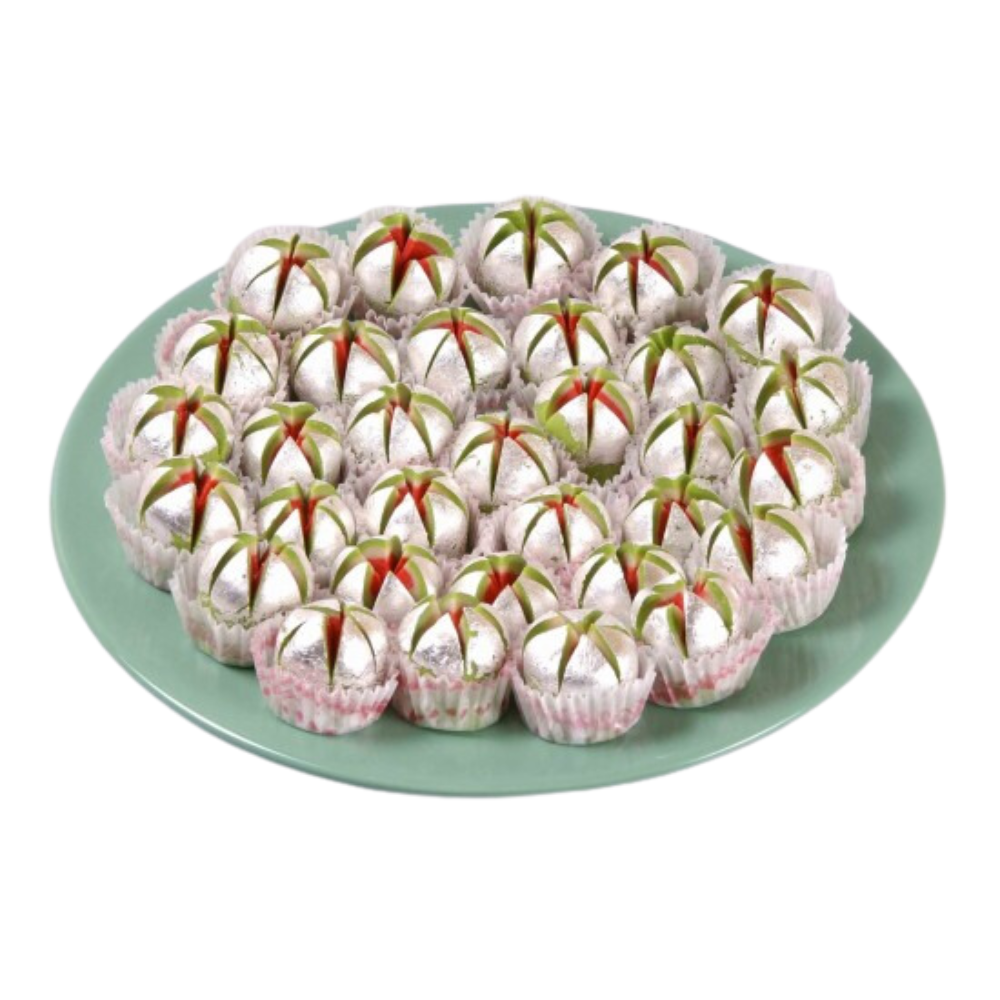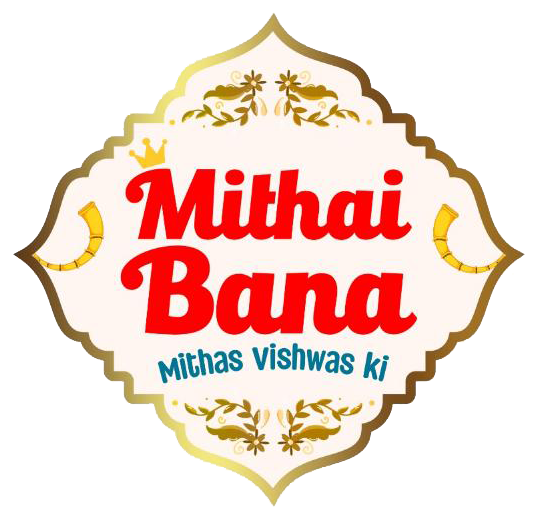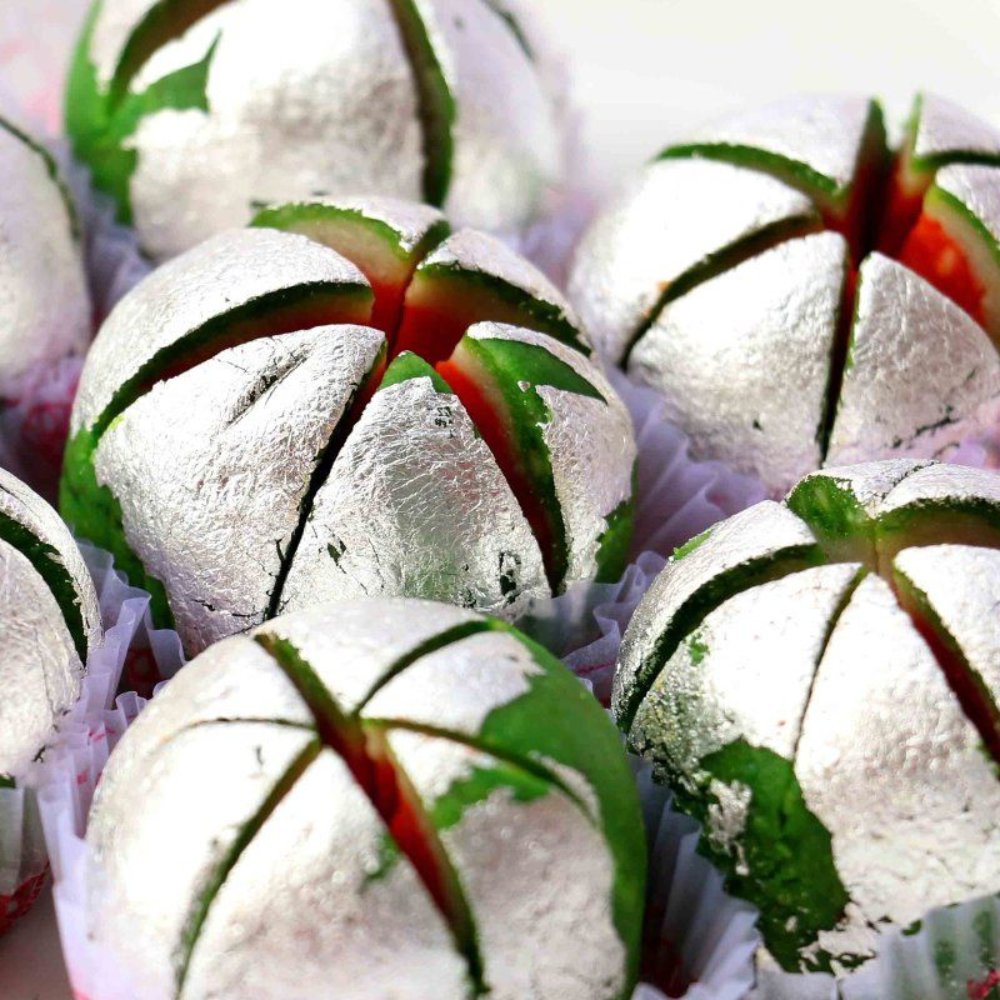Beginning: Mithaibana, a sanctuary for people with a sweet appetite and a love for traditional fare, is located at the centre of gastronomic miracles. The exquisite Kamal Bhog shines out among their many delicious products in both taste and presentation. This essay digs into the allure of Kamal Bhog, examining its history, components, method of preparation, and the spellbinding sensation it provides to all lovers of dessert.
Evolution and Value: Kamal Bhog, also known as “Lotus Offering,” is a traditional Indian sweet delicacy recognised for its distinctive appearance and delectable flavour. Its name is taken from the lotus, which is adored in Indian culture and represents enlightenment, spirituality, and purity. As a result, Kamal Bhog is frequently cooked as an offering at religious ceremonies and on significant occasions, making it both a culinary treat and a representation of adoration and joy.
Ingredients that Create Magic: The Kamal Bhog’s attraction is centred on its carefully chosen ingredients. This delicious delicacy, which was made with premium-quality ingredients, replicates the flavour of classic Indian desserts while adding a unique twist.
The key ingredients include:–
Khoya (Milk Solids): Khoya is the foundation of Kamal Bhog, imparting a rich and creamy texture to the sweet.
Mawa: Also known as Khoa, this ingredient adds depth and enhances the overall flavor profile.
Saffron: The vibrant hues of saffron not only add color but also an enticing aroma.
Sugar: To balance the flavors and achieve the perfect level of sweetness.
Ghee (Clarified Butter): A quintessential component of Indian sweets, ghee lends a rich and indulgent taste.
Cardamom: The aromatic essence of cardamom infuses the dish with its distinct fragrance.
The Art of Preparation: Crafting Kamal Bhog is a labor of love that demands precision and patience. The process involves the following steps:

Khoya Creation: Khoya is prepared by slowly simmering milk until it reduces to a solid consistency. It forms the base of Kamal Bhog.
Lotus Petal Shaping: The khoya is then meticulously shaped into delicate lotus petals, each one exhibiting intricate detailing and artistry.
Saffron Infusion: Saffron strands are steeped in warm milk, imparting their golden color and exquisite aroma.
Assembling the Lotus: The lotus petals are gently assembled, layer by layer, creating a visually captivating lotus structure.
Sugar Syrup: The lotus is then immersed in a fragrant sugar syrup, allowing it to absorb the sweetness and moisture.
Garnishing: A final touch of ghee-roasted nuts, like pistachios and almonds, along with a sprinkle of cardamom, completes the masterpiece.
A Divine Experience for the Senses
As one takes a bite of Kamal Bhog, a symphony of flavors unfolds. The velvety khoya melts in the mouth, releasing the delicate saffron and cardamom notes that dance on the taste buds. The interplay of textures, from the soft lotus petals to the crunchy nuts, creates a harmonious contrast that elevates the culinary experience. Each bite is a reminder of the meticulous craftsmanship and devotion that went into creating this edible work of art.
Conclusion: In the world of sweets, Kamal Bhog from Mithaibana stands as a testament to the fusion of culinary expertise, cultural symbolism, and exquisite taste. From its origins rooted in tradition to its meticulously crafted presentation, this delectable lotus-shaped sweet encapsulates the essence of celebration and devotion. So, the next time you find yourself in the realm of fine Indian desserts, don’t miss the chance to savor the divine delight that is Kamal Bhog—a treat for both the palate and the soul.

